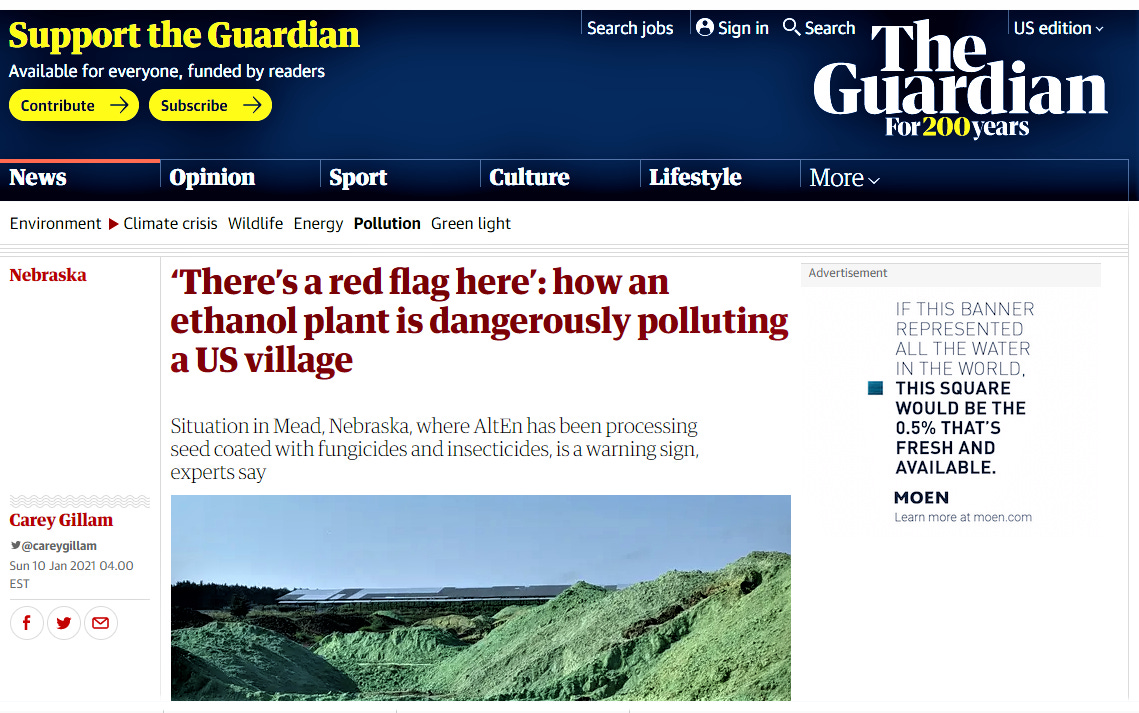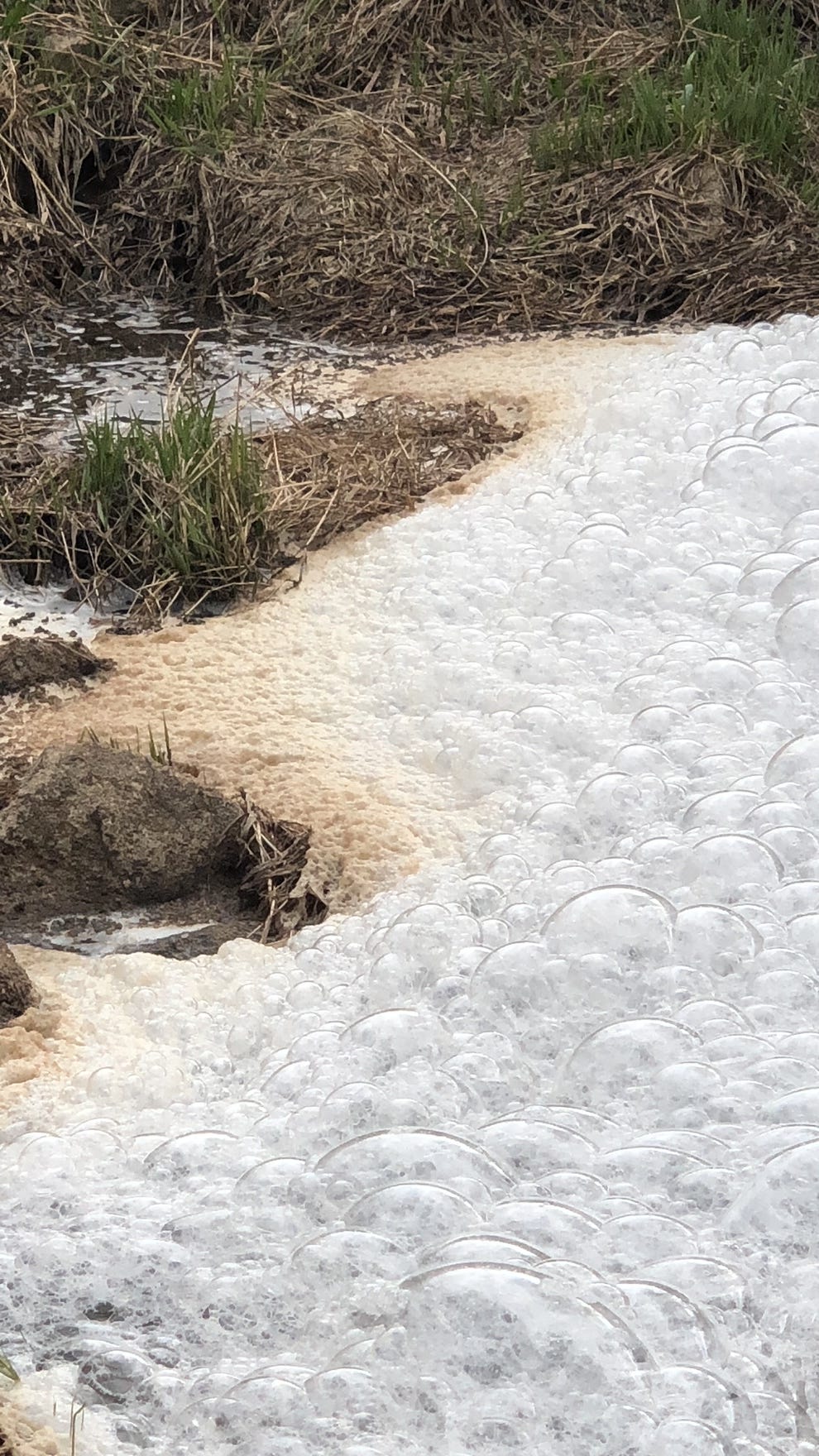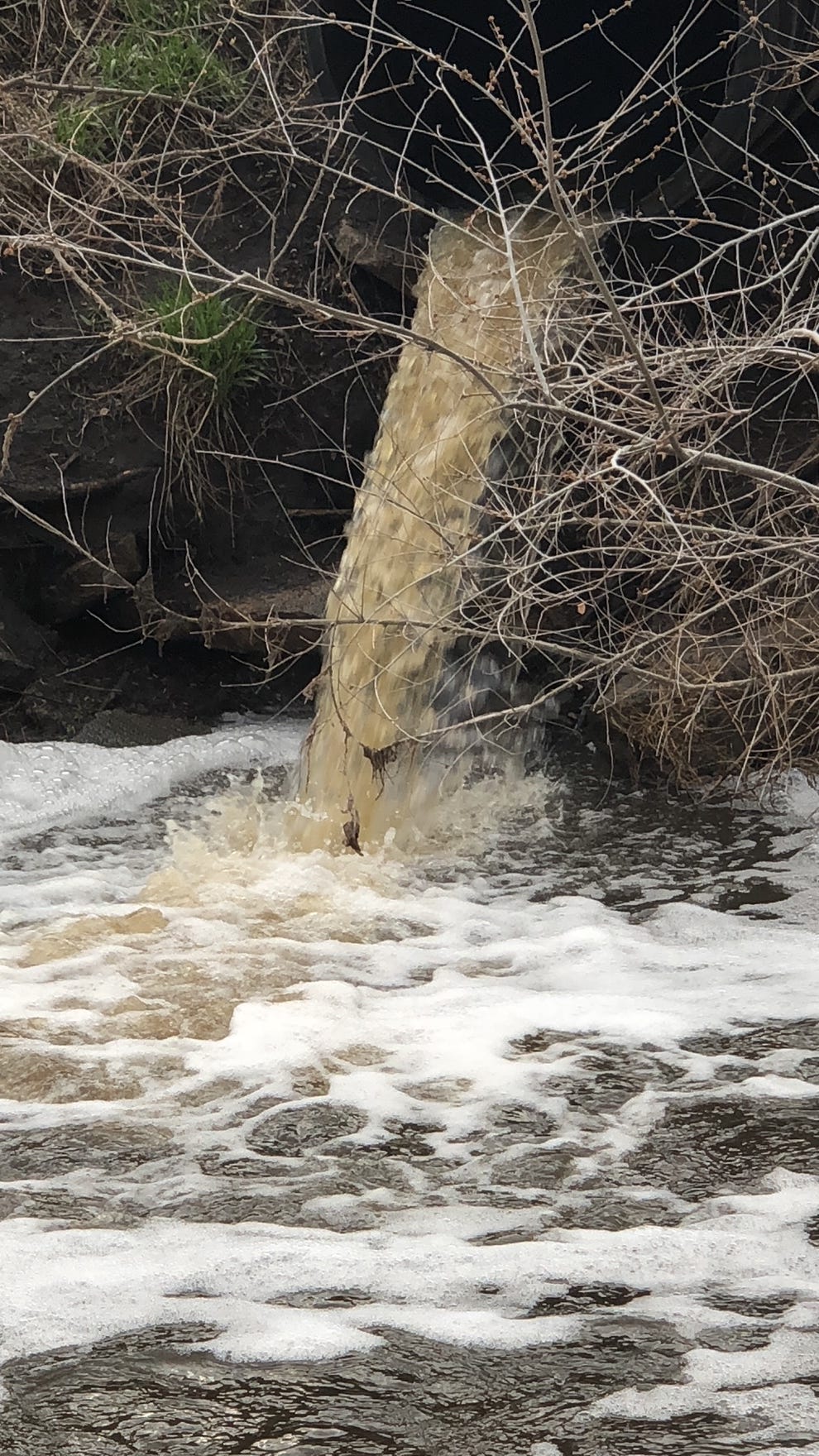Driving along County Road E north to Mead, Nebraska, the gravel road grumbles and the wind blows hard across barren farm fields waiting for spring. The air feels crisp and the sky is blue, and a newcomer here would likely never know of the poison that has been running through this community and the fearful questions that haunt the people who live here.
This week I traveled to Mead to follow up on a story I did a little over a year ago about a truly horrendous environmental catastrophe; one entirely man-made and driven by greed, hubris and, perhaps stupidity. You can see that story here:
I’ll be writing a new story - or stories - about what I’ve learned - how the spread of toxic pesticide-laced waste generated by an ethanol plant has roiled and divided the community; how monumental of a task it is to try to rid the region of the pesticide poisons that have been measured at many times the levels considered safe; how some residents can no longer drink from their well water or fish from their pond, or even play with their children in their yard because of the dangers that might lurk.
It will take me awhile to get all the latest details into story form, but I’ll leave you now with two photos that capture some of the catastrophe as it was happening, toxins flowing through flood waters from the plant that created the mess to a small lake where a family once spent lazy weekends fishing and paddle boating.
The fish are gone now, as are the toads and all other forms of life. The family took their dock down, and keep children away from the water. They’re afraid to drink their well water so drink bottled instead.
It’s heartbreaking, and it’s also emblematic of what is happening in communities across our country - across our world - when weak regulators meet with unscrupulous corporate actors and business practices that unleash dangerous chemicals and other environmental contaminants onto an unsuspecting public.
The people of Mead don’t deserve this. None of us do.







Thank you for bringing this story to our attention!
There must be something about the “breakdown” of these toxic pesticides that makes it essentially “everlasting”. Proper regulatory overview seems to be less and less possible every year.